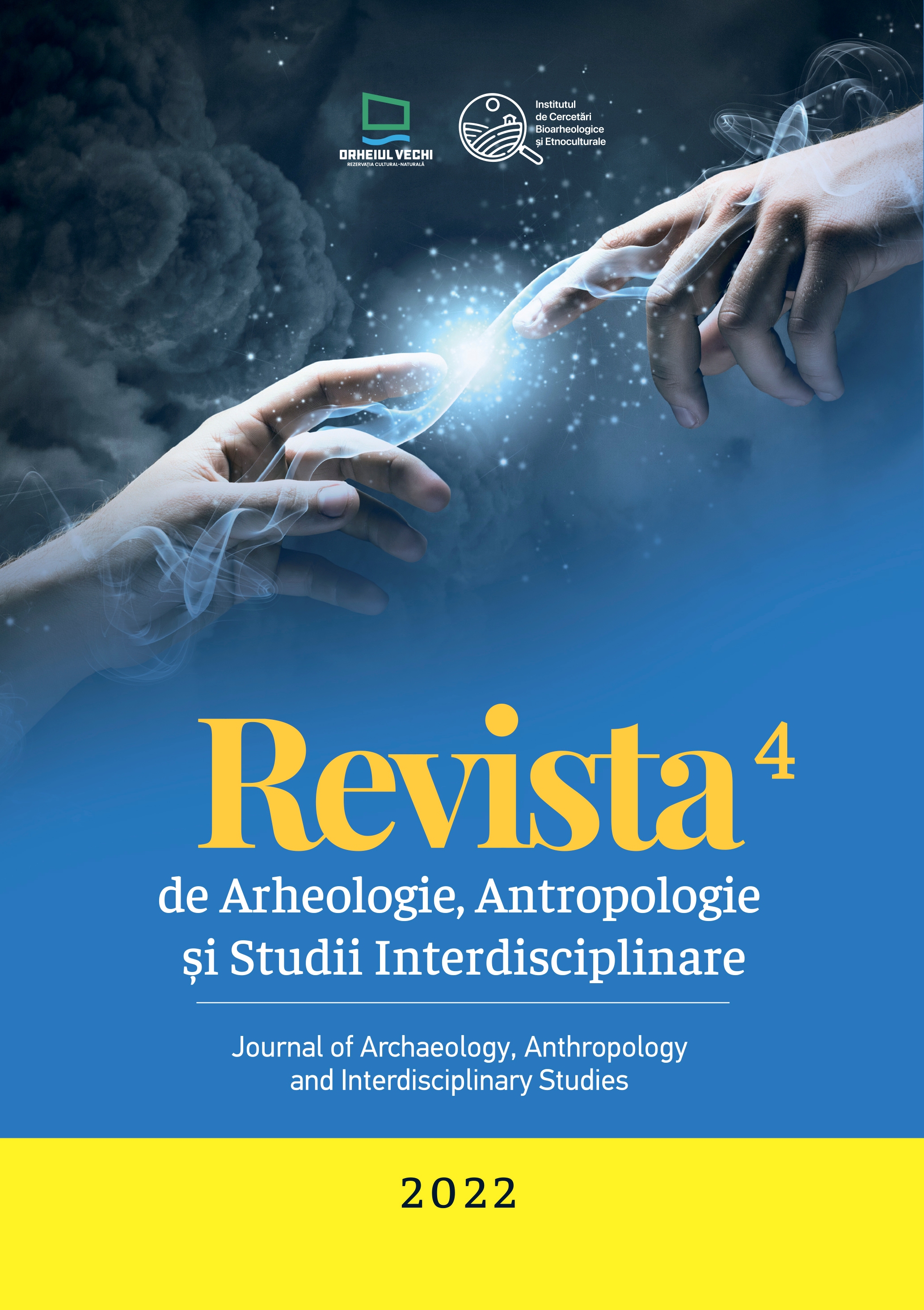Contribuţii la problema imitaţiilor de denari romani imperiali din Moldova. Descoperirea monetară din necropola de la Dumitreștii Gălăţii (comuna Schitu Duca, judeţul Iași, România)
Contributions to the topic of imitations after Roman imperial denarii from Moldavia. The monetary discovery from the necropolis of Dumitreștii Gălății (Schitu Duca Commune, Iași County, Romania)
Author(s): Lucian Munteanu, Nicoleta VornicuSubject(s): History, Archaeology, Ancient World
Published by: Bons Offices – Casa Editorial-Poligrafică
Keywords: Dumitreștii Gălății; cast imitations; Cu-Sn-(Zn-Pb) alloy; Western Moldavia; 3rd-4th centuries;
Summary/Abstract: Our study presents a monetary discovery from the necropolis of Dumitreștii Gălății (Schitu Duca Commune, Iași County), attributed to the “Free Dacians” population. So far there have been different identifications of this coin in the literature, which could not be confirmed in the absence of a pertinent description and illustration. It has been considered a quadrans from the reign of Antoninus Pius (B. Mitrea), a “barbaric” bronze imitation (E. Chirilă) or the base metal core of a denarius subaeratus (D. Protase). The coin has recently entered the numismatic collection of the Institute of Archaeology in Iași, so we were able to correctly identify it. It is an imitation, made by casting, after a denarius of Antoninus Pius and Marcus Aurelius, from the year 140 or 141. Metallographic analysis using the XRF method has shown that it is mostly composed of Cu, to which Sn, Pb and Zn are added in varying proportions. Thus, it belongs to a particular category of imitations, made from a predominantly Cu-Sn alloy, which are attested in the Roman Empire, including the province of Dacia (the “Apulum VI” hoard). Only in recent years, such coins have been identified on the territory of Western Moldavia, in the sites of Roșiori (Neamț County), Bârlad - Valea Seacă (Vaslui County) and Dobrovăț - “Râpile lui Filip” (Iași County), as well as in the hoard of Iezer (Vaslui County). We believe that these cast imitations were made in the Empire, probably in the neighbouring province of Dacia, and they were used only to a small extent by the populations of Western Moldavia, starting from the first half of the 3rd century and during the 4th century.
Journal: Revista de Arheologie, Antropologie și Studii Interdisciplinare
- Issue Year: 4/2022
- Issue No: 1
- Page Range: 257-266
- Page Count: 10
- Language: Romanian

